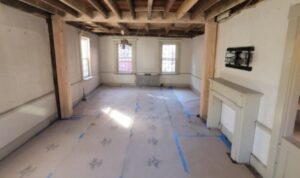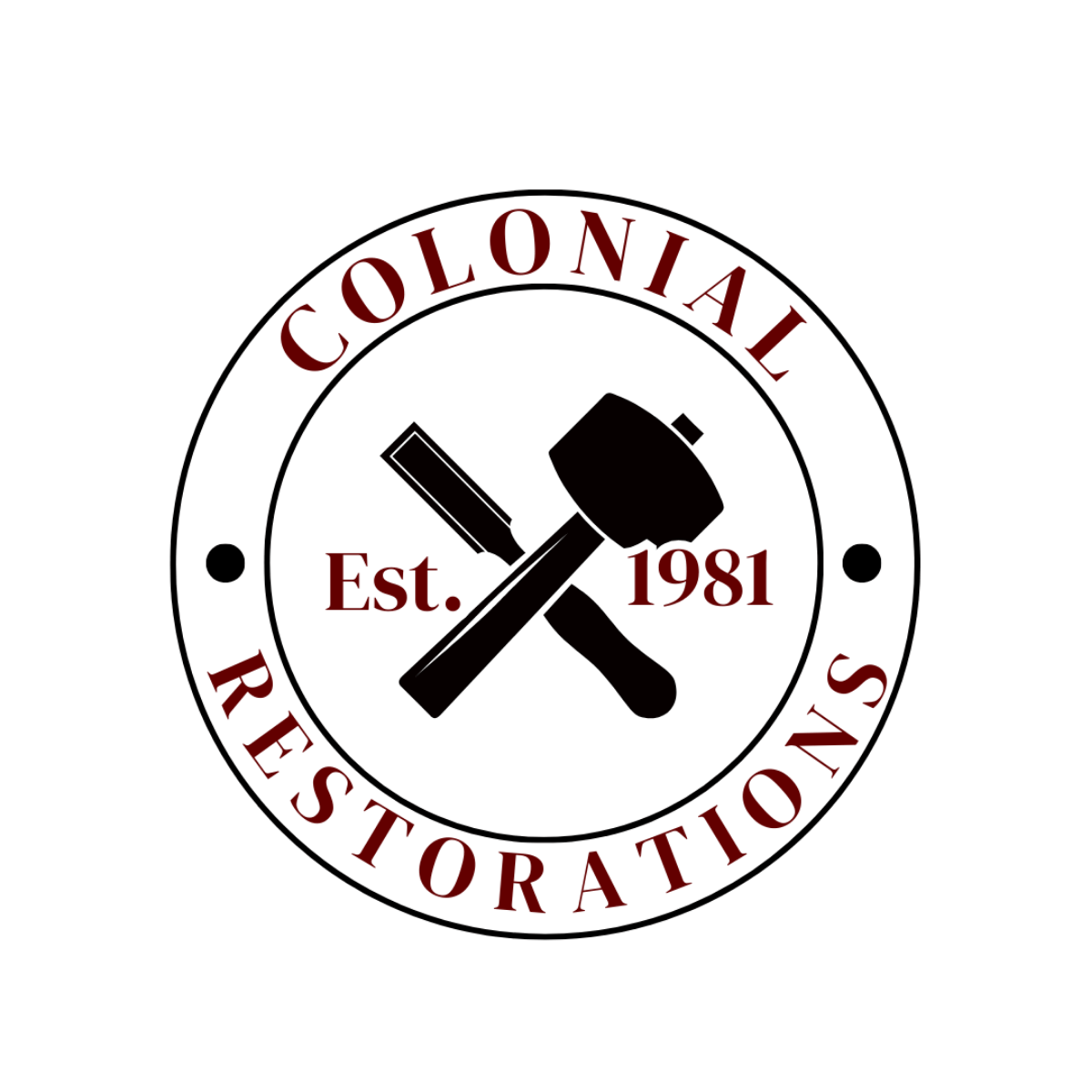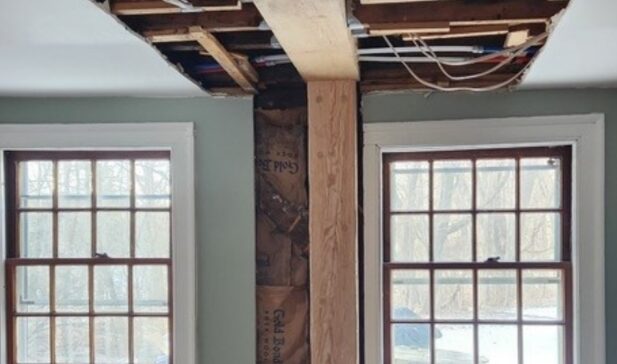
Post and beam construction is a classic building method that uses large, sturdy posts and horizontal beams to support a structure. Known for its strength, timeless appeal, and structural integrity, it’s a popular choice for those seeking a traditional aesthetic without modernizing their historic homes.
Here are five key things you should know about post and beam construction:
Built to Last
Post and beam construction creates a strong and stable framework that’s perfect for homes, barns, and even commercial buildings. This method uses solid wood beams and posts that can handle heavy loads, ensuring these structures last for many years.
Using quality wood, like chestnut or oak, adds natural durability. These types of wood resist decay, pests, and harsh weather, helping keep the structure strong over time.
A traditional way of connecting the beams and posts is with a mortise and tenon joint, which locks the wood together without needing nails or screws. Sometimes, we might add steel plates for extra support. The key to a long-lasting post and beam structure is high-quality wood, strong joints, and the right sizing—without these, the structure’s strength can be compromised.
Great for Style
All practicalities aside, the post and beam have a distinctive, natural look that is desirable for many homeowners. The exposed wood beams not only add strength but also a rustic, warm aesthetic. This style is often chosen for its visual appeal and for creating inviting spaces. For those interested in a colonial or vintage aesthetic, the framework creates a visually appealing element that honors the historical integrity of the home.
Owners of historic or colonial structures may opt for the visual appeal of post and beam not just for the structural support, but as a design that showcases craftsmanship. Especially when done with traditional methods like mortise and tenon, it can become a focal point that gives a building a unique, hand-crafted quality.
Authentic, Spacious Layouts
Unlike modern structures that emphasize open, airy spaces, post and beam construction in historic homes offers a more intimate layout. While the heavy beams allow for fewer internal load-bearing walls, they’re often used strategically to maintain the home’s historical design. The spacing of posts varies by structural needs rather than a modern open-floor aesthetic, creating rooms with character rather than large open spaces.
Initial Costs and Labor
Materials like large beams and posts typically cost more than standard framing. Additionally, restoring or maintaining a historic post and beam structure requires skilled labor that specializes in colonial and historic structural repair. This ensures that the project retains its historical integrity while meeting current structural needs. Hiring craftsmen who specialize in these methods helps preserve the home’s value and structural soundness.
Did you know?
In some historic homes, materials like stone or brick were used in the foundation or exterior walls, making post and beam construction more labor-intensive. In these cases, posts and beams aren’t just decorative—they’re essential for stability and load distribution. Skilled carpenters or timber framers know how to work with old timbers, handling their unique grain, density, and strength carefully to ensure proper restoration.
Conclusion
In short, post and beam restoration requires specialized knowledge for effective repair. Restoring or repairing these structures demands skilled labor familiar with both historic building methods and modern preservation standards. When hiring out your structural restoration needs, working with experienced professionals ensures that repairs are done correctly, preserving the home’s value, safety, and longevity.
Schedule an on-site consultation with Colonial Restorations and owner Brad Green will assess the site in person to provide an accurate estimate and assess the structural needs of the project. Contact Colonial Restorations at 508-735-9900 or via email today to inquire further about your old home.


Leave a Reply